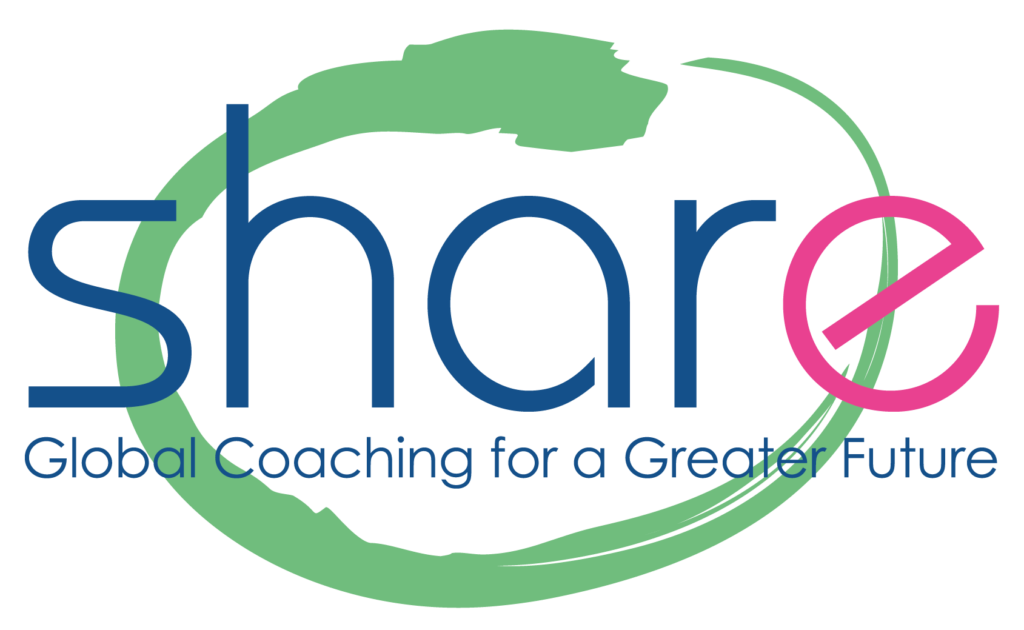The source
In my November newsletter, I mentioned Robert Kegan and Lisa Laskow-Lahey’s book “An everyone culture: Becoming a Deliberately Developmental Organization” (Harvard Business Review Press) and submitted a resume of the three-day workshop on the subject which I attended in Boston.
During the past vacation, I read the book and explored the issue further. The following is a brief summary. I strongly urge you to read it and let it inspire you. The book opens new vistas on management methods that are better suited to the world that surrounds us, a world which is becoming increasingly VUCA (“Volatile, Uncertain, Complex, Ambiguous”).
Please note that hereafter “Deliberately Developmental Organization” will be referred to as DDO.
The goal
In an increasingly complex world, we often talk about agile companies. According to the research and the cases described in the book, the key to agility resides in each person’s capacity to develop as a person and consequently contribute to promoting company culture. Individual development is primarily based on each person’s capacity to overcome his/her limitations and the conditions set up by the company so as to spread a culture of sharing and continuous feedback. The implementation of the same development measures in every echelon of the company leads to a culture of openness, responsibility and self-sufficiency. This in turn will help companies that apply the DDO method achieve outstanding and lasting results. While reading the book, I was particularly impressed by the example of Bridgewater, a financial investment company which, thanks to its culture of openness, constructive confrontation and reappraisal from the lowest to the highest echelons, pulled through the 2008 financial crisis, managing to earn money rather than losing it like all its competitors. I invite you to check the company’s website. It is rather unusual for this type of company (www.bridgewater.com) and it is very revealing of the company culture.
The three pillars: introduction
The following three pillars are essential to implement a culture of openness and individual and collective growth. Each company must obviously find the most suitable tools. Yet the book states clearly that we cannot implement part or half of a DDO: it’s either all or nothing.
The book, however, makes it clear that, since perfection does not exist in this world, the setting up of a DDO takes time. A company is a DDO when it implements the necessary strategies, develops and perfects them, bearing in mind that trial and error is at the root of this new culture (since mistakes are the main form of learning and hence of development) and that the journey is much more important than the final goal. By taking this journey we create the intensity required for a DDO. It is a never-ending journey, because ending the journey would mean stopping the continuous development which is at the root of this culture.
It is important to note that these three pillars are applicable to the company as a whole, but also to teams and their divisions, by adapting them to each context.
Hedge
The goal of a DDO is creating moments of discontinuity in all circumstances. Since its aim is primarily people’s development, each time an employee in a particular position attains the desired know-how, he/she moves to another job that will enable him/her to develop further. For this purpose, the company must implement strategies apt to identify each employee’s development potential.
Another important feature is the capacity to detect mistakes and weaknesses as key sources of learning. For instance, at Bridgewater’s the entire company shares each employee’s (including the CEO’s) “issues log”. Each employee must inform his/her colleagues in writing about his/her mistakes and what he/she has learned from them. Most employees usually spend a lot of time trying to hide their incompetence and their mistakes, whereas in a DDO they are expected to highlight them, to inform others about them so that they may become a source of learning for the entire company. Thus a DDO pushes the limits of its personnel by creating moments of discontinuity which become both a source of discomfort and of growth. By reading the different cases described in the book, we learn that pushing one’s limits can also give rise to worries (especially when, after having barely gotten used to a post, one is pushed into a new job), anxiety and sometimes discomfort (which senior manager would like to hear his N-3’s feedback?). But, thanks to the continuous dialogues planned in both “Groove” and “Home”, employees receive the unconditional support needed to meet this goal.
Groove
The second pillar includes all the tools that, together, form a kind of groove that every employee has to walk on in order to implement a DDO in a way that is coherent and equal for all. These tools enable each employee, and consequently the entire company, to push his/her /its limits. They are “rituals” that prompt dialogues among employees in every echelon: organizing and structuring meetings, continuous monitoring of individual and collective performance, structuring dialogues among employees so that they may discuss their personal and professional problems.
These rituals take into account the person in its entirety, first as a human being and then as a professional. In a DDO there is always a balance between accepting people as they are, with their virtues and their shortcomings on one hand, and pushing them so as to help them develop, on the other. An example of “Groove” is the daily “check-in”: every morning employees meet in couples and spend 20 minutes discussing whatever they consider important to start the day on a positive note. This may seem like a meaningless waste of time, yet think about your own life: sometimes we go to work loaded with worries that take up a lot of our mental energy (and hence our productivity). If every day we could find a person to whom we could entrust these worries, we would feel greatly relieved and more productive.
Another ritual is the “Situational workshop”, where groups of about twenty employees meet every week to share “their truths” and talk about what is really meaningful for them, be it personal, relational, or organizational issues. Bear in mind that relationships take up a lot of time and space in a company (not to mention the grapevine!). A lot of time would be gained if only that space were redirected towards meetings!
To reduce tension, it is also necessary to reduce the gaps typical of companies without a DDO culture:
– gap between what is said and what is done
– between what we say and what we really feel
– between what we say around the coffee machine and what we say in a meeting
– between what we write in our end the year assessments and the feedbacks we give or don’t give during the year
– between voicing and applying company values
In every DDO every ritual aims at reducing these gaps since they absorb a lot of energy from a company: how much time do we waste in useless meetings? In yearly assessments that serve no purpose? In a DDO co-workers spend a lot of time talking to each other, but it is productive time, useful for individuals as well as the company.
Each company must find the proper rituals. The examples of DDO described in the book clearly show that it takes time to find the suitable rituals and that there is no single recipe.
Home
In a very exacting company culture such as DDO’s, it is essential to be attentive to people and consider them as valuable human beings. The goal of “Groove” rituals is also to make sure that each employee feels that the company considers him/her first and foremost a human being and only subsequently an employee. Development is everyone’s business, since it is at the core of a DDO. Consequently, the role of managers should mainly be directed towards facilitating these moments of development, since managers themselves go through the process of development, being in a position where they receive feedback from all company levels and, just like everybody else, take part in the rituals.
The “Home” pillar also includes the notion of “base camp”, a devoted team including people each co-worker can count on to ensure his/her development. Examples of this are, for instance, daily mutual coachings and weekly meetings of small groups of people.
In the “issues log” mentioned above, feedbacks on mistakes are collected in writing in every company level. The person who receives the feedback answers describing what he/she has learned. Some employees may answer inappropriately, because, instead of considering this strategy an opportunity to develop, they see it as an aggression and become defensive. The purpose of the “Home” chapter is to implement the strategies necessary to ensure that the person who gives the feedback will feel protected and thus enable him/her to do his/her job properly while the person who receives it will use it to develop, even if he/she should consider it wrong or poorly stated. In the example described in the book, when a manager receives a feedback from his N-3 and takes offense, another manager steps in and moderates the discussion so as to help them achieve the required goal.
Conclusion
Would you like to work in a company where you are taken care of, where collective energy is directed towards the development of people and business rather than political games? That is why I strongly invite you to read, and draw inspiration from, this book. Even if you can’t have an honest-to-goodness DDO, you can get a start with the proper actions and then, as you go along, pinpoint the strategies that are best suited to your situation. Please feel free to contact me to discuss this subject, which has awakened my interest and enthusiasm.




